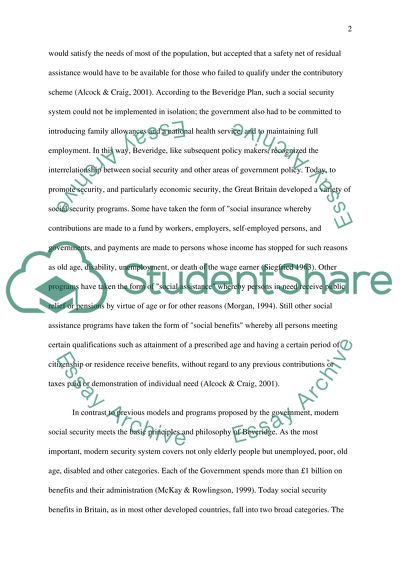Cite this document
(“The Social Security System today is one that Beveridge would Essay”, n.d.)
The Social Security System today is one that Beveridge would Essay. Retrieved from https://studentshare.org/miscellaneous/1518914-the-social-security-system-today-is-one-that-beveridge-would-recognise-discuss
The Social Security System today is one that Beveridge would Essay. Retrieved from https://studentshare.org/miscellaneous/1518914-the-social-security-system-today-is-one-that-beveridge-would-recognise-discuss
(The Social Security System Today Is One That Beveridge Would Essay)
The Social Security System Today Is One That Beveridge Would Essay. https://studentshare.org/miscellaneous/1518914-the-social-security-system-today-is-one-that-beveridge-would-recognise-discuss.
The Social Security System Today Is One That Beveridge Would Essay. https://studentshare.org/miscellaneous/1518914-the-social-security-system-today-is-one-that-beveridge-would-recognise-discuss.
“The Social Security System Today Is One That Beveridge Would Essay”, n.d. https://studentshare.org/miscellaneous/1518914-the-social-security-system-today-is-one-that-beveridge-would-recognise-discuss.


